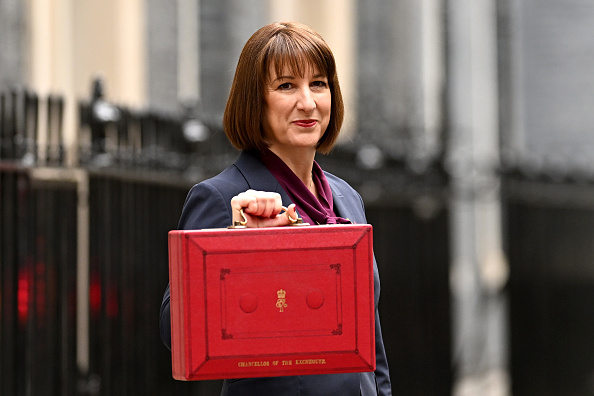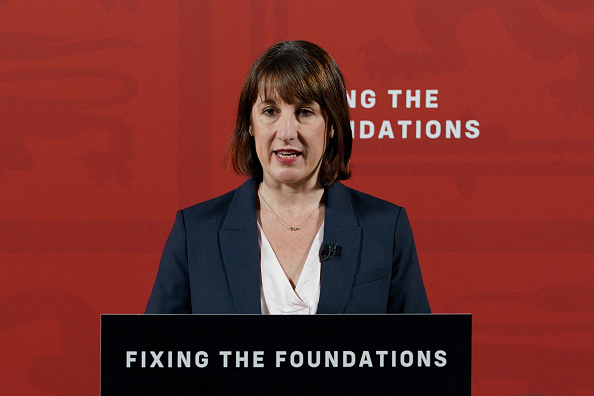According to the latest quarterly Job Market Report from CV-Library, key UK regions and industries witnessed standout rises in salaries in Q4 2016, when comparing year-on-year data.
The report, which looks at fluctuations in jobs, applications and pay throughout the last quarter of 2016 (October, November and December), finds that the following locations and sectors saw the biggest hikes in average salaries last quarter.
The north West saw the biggest jump with 14.2 per cent increase in wages, with Manchester and Liverpool seeing 3.9 per cent and 2.5 per cent growth across the end of last year.
Cardiff saw the biggest increase in pay over the last two quarters, jumping +14.9 per cent, while Aberdeen saw the lowest at 1.2 per cent.
Furthermore, key cities saw impressive growth when looking at quarter-on-quarter data, rising well above the national inflation rate (1.2 per cent as of December 2016).
The report also reveals that jobs across the UK were up by an impressive 14.4 per cent when comparing Q4 2016 data with Q4 2015. Many businesses across the UK have pushed hard to advertise their vacancies pre-January, especially in some of the key northern cities; including Hull, Manchester and Sheffield. These cities have continued to witness strong growth, while Scotland’s Glasgow and Edinburgh also kept pace.
Lee Biggins, founder and managing director of CV-Library, comments on the findings, ‘It’s clear that wide spread skill shortages are pushing up salaries across the UK, which is good news for job hunters looking for a new role in the next few months. Businesses in these cities and sectors have clearly recognised the need to push up salaries ahead of the New Year rush in order to attract new recruits and it is hoped that we will see this strategy pay off in next quarter’s data.’
Biggins concludes, ‘2016 was a turbulent year for the economy, but the fact that organisations are showing signs of investing in their current and future workforce is a positive indication for the labour market in 2017. We expect to see job and application figures pick up next quarter, as business and candidate confidence strengthens.’





